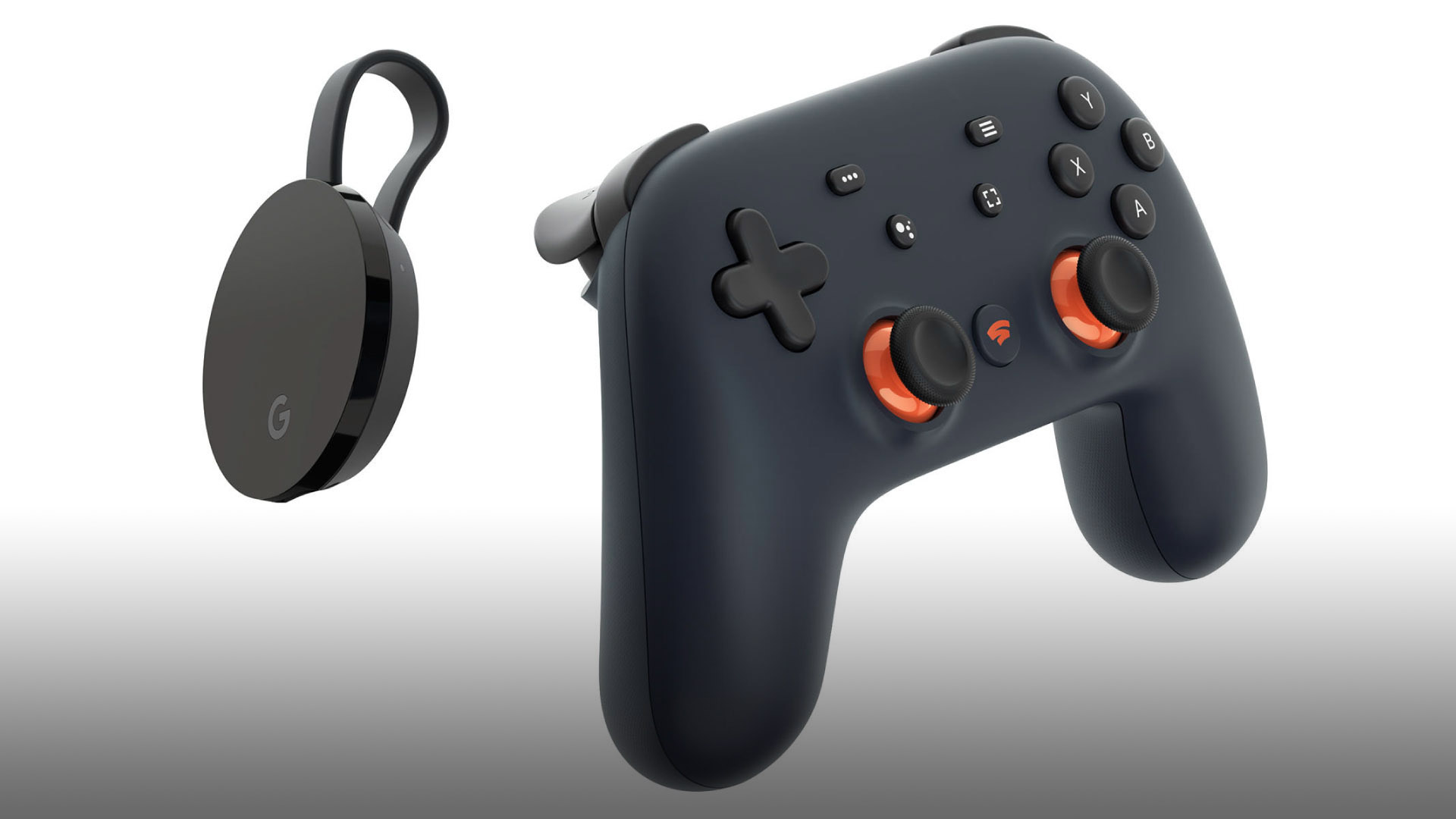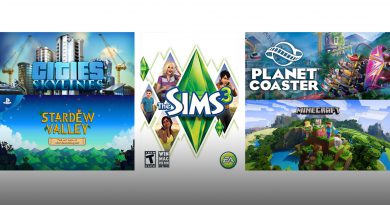Google Enters The Gaming World
Google’s announcement of their Stadia video game service on Oct. 18 was seen as positive hope for the future of cloud-based gaming. The early limited release of Stadia on Nov. 19 in 14 countries and a future expanded service in 2020 promises to be the ultimate online platform for digital streaming on a scale not seen in the industry.
Unlike other online gaming experiments such as OnLive, Google has multiple data centers across the globe, allowing for servers to be able to instantly serve a larger audience with higher processing power, with the promises of instant installation times being a major selling point for Stadia.
The base platform is free, although a Pro tier monthly subscription for $9.99 will also be available, boasting the ability to stream at higher rates for larger resolutions, while also being able to to add free games to your library. For its hardware, the initial editions will cost $129. Stadia will also be playable primarily through the Chrome browser on different Google products such as a Chromebook, Pixel smartphones, and Chromecast, allowing for a greater convenience for people to play their games however they feel is the best way.
The only outside accessory needed to enjoy Stadia is its own controller for $69. The service is reportedly able to process 4K streaming through 60 fps with 10.7 teraflops, which is more than the Playstation 4 Pro and Xbox One X combined all while being integrated with Google products. For example, you could be watching a gaming stream on Youtube, and then play the same game through a specific button on the Stadia controller.
While Google’s views for Stadia are definitely ambitious, there still exists the possibility that the service could fail. Previous services such as the aforementioned OnLive showed the difficulties in being able to supply an audience without the issues of latency and lag. No matter how powerful Stadia is, a slow internet connection can ultimately render the service moot, with the head of the Stadia division, Phil Harrison, stating that 30 megabits per second would be required for 4K streaming, which definitely affects how many people are able to play the games.
In fact, online reviewers such as PC Gamer and TechCrunch reported that, during the first testing event in March, Stadia was noticeably hindered through low latency, with games such as Assassin’s Creed: Odyssey suffering due to low speeds. Also, many video games are now lost as they were online exclusives and were unlisted from online stores. Stadia games could be lost from the service, and since it is a streaming service where players don’t own their games, this could become a common problem on the platform.
However, the biggest problem that Stadia has at the moment is its current position as a streaming platform. Streaming is still a strange concept within video games, and people still prefer physically having a game and owning a physical console, which, aside from essentially preventing games from being lost, is still the standard withheld in the industry. Google still faces competition from the major players in the industry, as Sony, Microsoft and Nintendo all plan next-generation console releases next year. Eventually, it is the consumer’s choice to decide what they want to play, and the expanding amount of different video games that are available can evolve into an over-saturation of the market; the last major company in the industry was Sega, and they left the first-party market in 2001. Whether Google’s Stadia can be a major player in the industry is unknown, but the future of the service should introduce a new possibility of playing video games.




